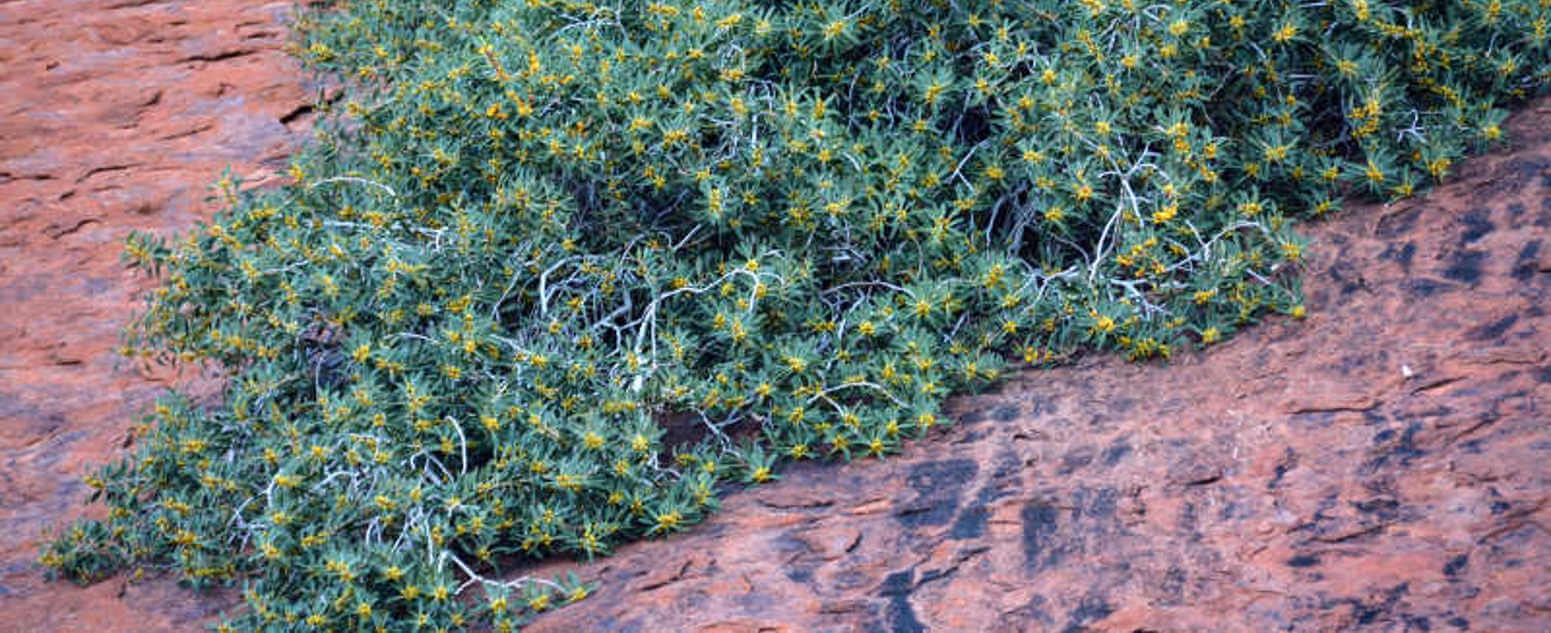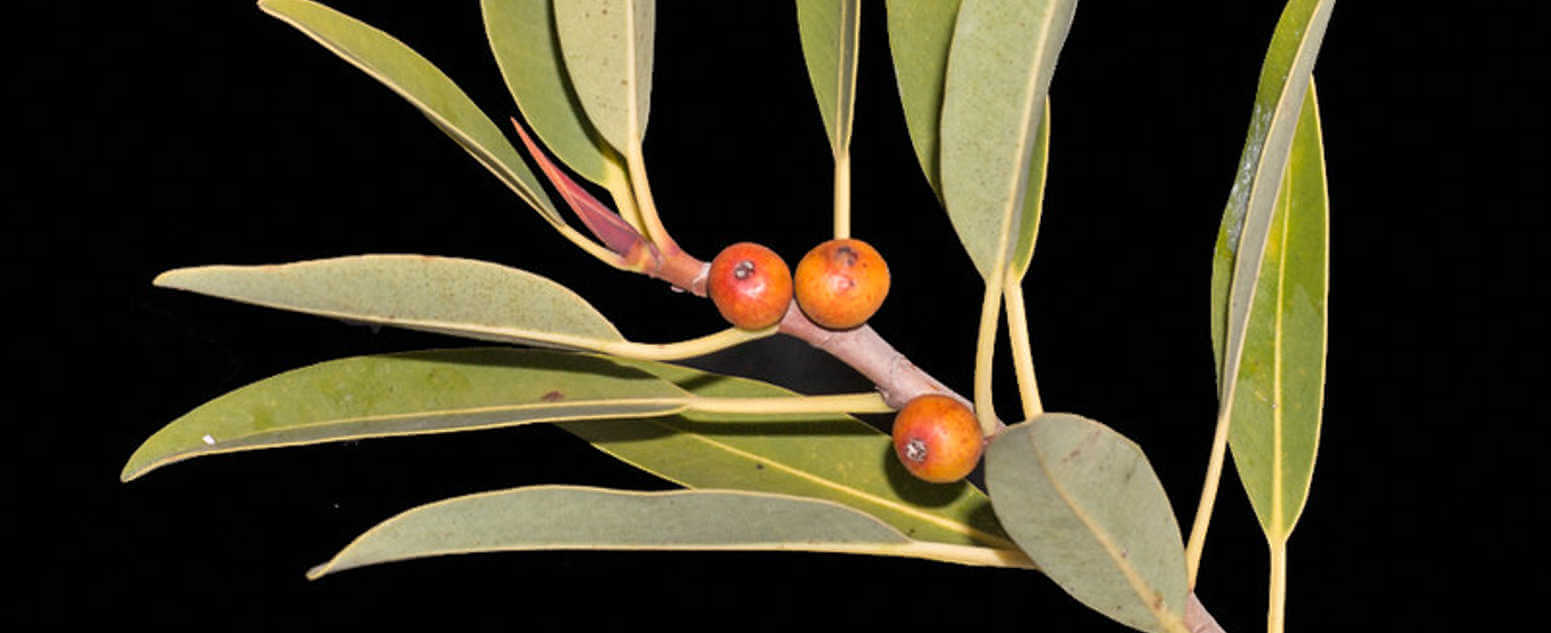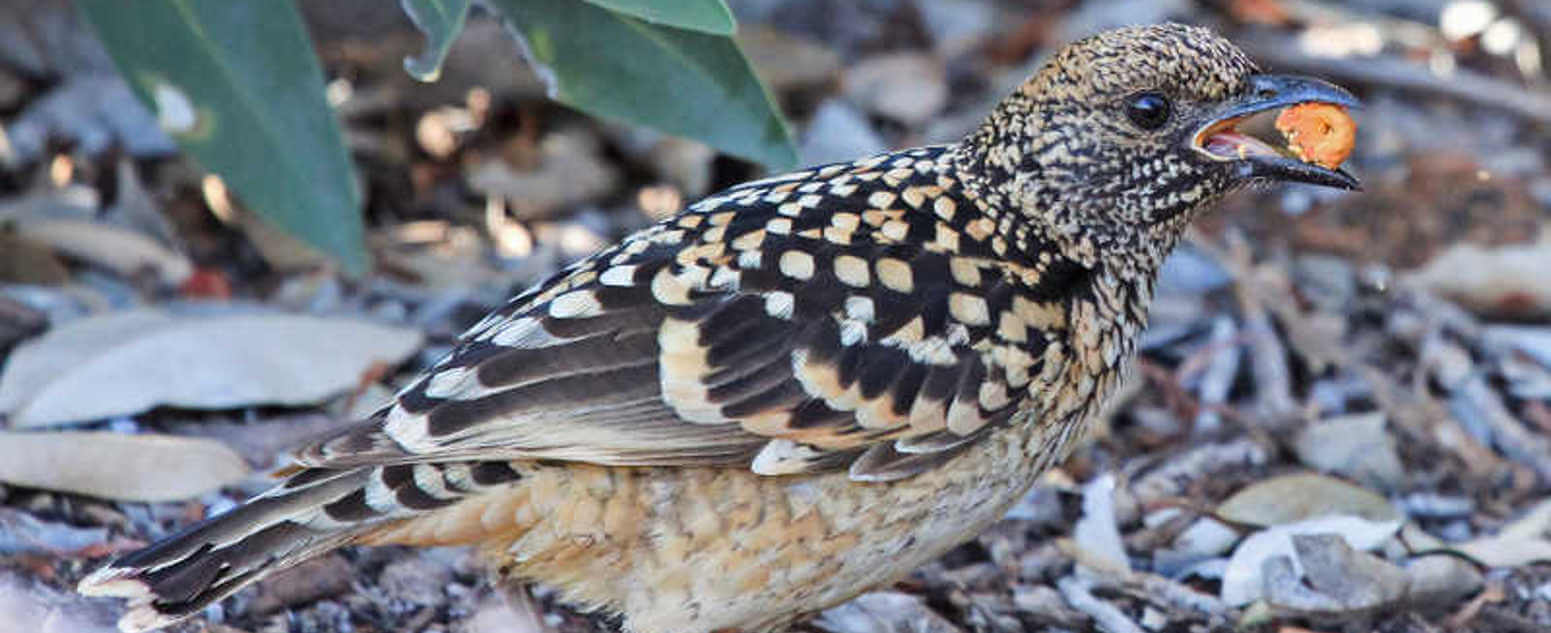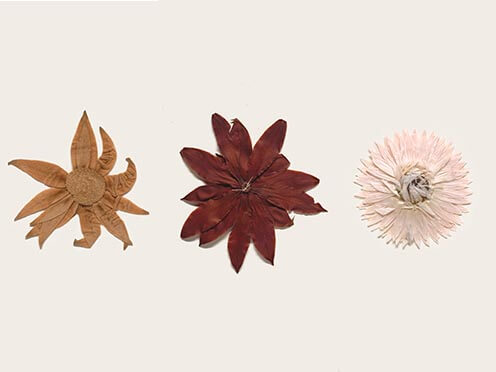Scientists make unusual discovery on Uluru
Figs are one of the world’s most recognisable trees and extensively used by First Nations peoples, but until recently a single widespread species, Ficus brachypoda, was the only kind recognised in central Australia.
Systematic botanist Dr Russell Barrett says new research shows central Australian populations represent a distinct species, previously confused with northern relatives, which they’ve now described as Ficus desertorum, or the desert fig.
Go figure: A case of mistaken identity
“Careful study of collections held in herbaria across Australia, and with reference to historical specimens held in European herbaria, showed that the central Australian populations were indeed morphologically distinct from more northern or western populations,” Dr Barrett says.
“These figs are an incredibly significant species to First Nations peoples in central Australia, for food, shelter, and spirituality. Damaging these trees could be punishable by death historically, such is their significance to the whole community.
"While the species is quite widespread, and not currently threatened, it is only found in small populations, so shifts in climate, or localised impacts such as hot fires, could impact the species in the near future.”
The culturally significant plant also grows on other elevated landscapes in central Australia, including Kata Tjuta (The Olgas) and Karlu Karlu (Devils Marbles).
The fig was often misidentified. Image by Brendan Wilde
Are there any Australian succulents?
We hope the description of this species with a new scientific name will enhance its protection in such an arid environment.
DR RUSSELL BARRETT

The desert fig can grow on rocky outcrops. Image by Brendan Wilde
Respectfully choosing a name
The new name was chosen after consultation with the Central Land Council to see if an indigenous name might be appropriate. Indigenous names include tywerrk (Alyawarr; Anmatyerr); tjurrka (Arrente); utyeerk, utyeerke (Eastern Arrente); tywerrke (Western Arrente); ili, witjirrki, yili (Pintupi); ili (Pitjantjatjara / Yankunytjatjara); wÿirrki (Warlpiri). The figs as a food are known as mai pulka (Yankunytjatjara).
“Indigenous names for the species each have their own contexts and significance within a language group, and the species spans several language groups,” Dr Barrett says.
“No indigenous name spans all language groups, so choosing any one of the existing names could effectively exclude others from the same degree of significance. Based on these considerations, we were respectfully asked to choose a ‘standard’ scientific name for the species.
“We then chose to call the species Ficus desertorum, as the most commonly used English name for this species is the 'desert fig'. The name also highlights how unusual it is to find a fig in the desert.”
Honours student Brendan Wilde, who has been studying Australian native figs for a decade, first saw the species and enlisted Dr Barrett, an expert in plants of Northern Australia, to help find out more.
To recognise a species new to science is always exciting but to find one on Uluru is not something you expect in a lifetime of research.
DR RUSSELL BARRETT

Leaves of the desert fig differentiate it from other species. Image by Russell Barrett.
The importance of figs
The main differentiating factor for this species is its leaves, being smoother, narrower and thicker than related Australian fig species.
The trees are used as shelter for the western bowerbird and a wide variety of native snails that gain valuable shade in an otherwise arid environment.
“Figs are famous for their long roots which seek out water, and this species has perfected that art,” Dr Barrett says.
“Roots have been reported following cracks in cliff walls for over 40 metres to reach precious water which might be hiding deep within the rock, or far below in a secluded pool. This is how the desert fig persists in the arid conditions found in the heart of Australia.”
The novel scientific name for this species was formally described in the journal of the National Herbarium of New South Wales, Telopea, an open access publication.

A Bower Bird eating a desert fig fruit. Image by Tim Rudman
Find out more
You can also hear more about the work our scientists do by listening to the Branch Out podcast.
Related stories
In the lower Hunter Valley, a new nature reserve named Tiraki – Wonnarua for ironbark – has become a sanctuary for one of Australia’s rarest plants.

In this new episode of What the Flora!? discover why this world-first global ‘Tree of Life’ study is a new milestone in understanding the evolutionary history of flowering plants.

A project digitising over one million flora specimens has won the National Trust's President’s Prize for 2025 and is helping important research in critical biodiversity, ecological, and evolutionary studies.